Address
1st floor B Wing Dinath Terrace Lady Jamshedji Road Landmark : Opposite City Light Theatre, , Mahim, Mumbai, Maharashtra 400016
Work Hours
Mon to Sat: 3PM - 7PM
Overview | Treatment | Surgery | Precautions | After Surgery Care
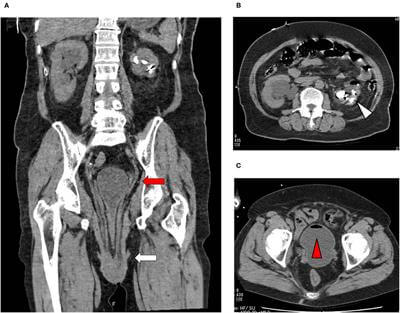
Obstructive uropathy is a condition in which the flow of urine is blocked. This causes the urine to back up and injure one or both kidneys. Obstruction of the urinary tract is a frequent cause of transient renal dysfunction, which, in the majority of cases, is reversible. Urinary obstruction can occasionally cause chronic renal failure, in spite of successful relief of the obstruction. The obstruction in the urinary tract has a profound impact on kidney function due to damage produced by ischemic and inflammatory factors that have been associated with intense fibrosis. This pathology is characterized by its effects on the management of fluids, electrolytes, and the acid-base mechanisms by the renal tubule; consequently, metabolic acidosis, hyperkalemia, uremia, and anuria are seen during acute kidney injury due to obstructive nephropathy, and after drainage, polyuria may occur.
Different types of ureteral obstruction have different causes, some of them present at birth (congenital). They include:
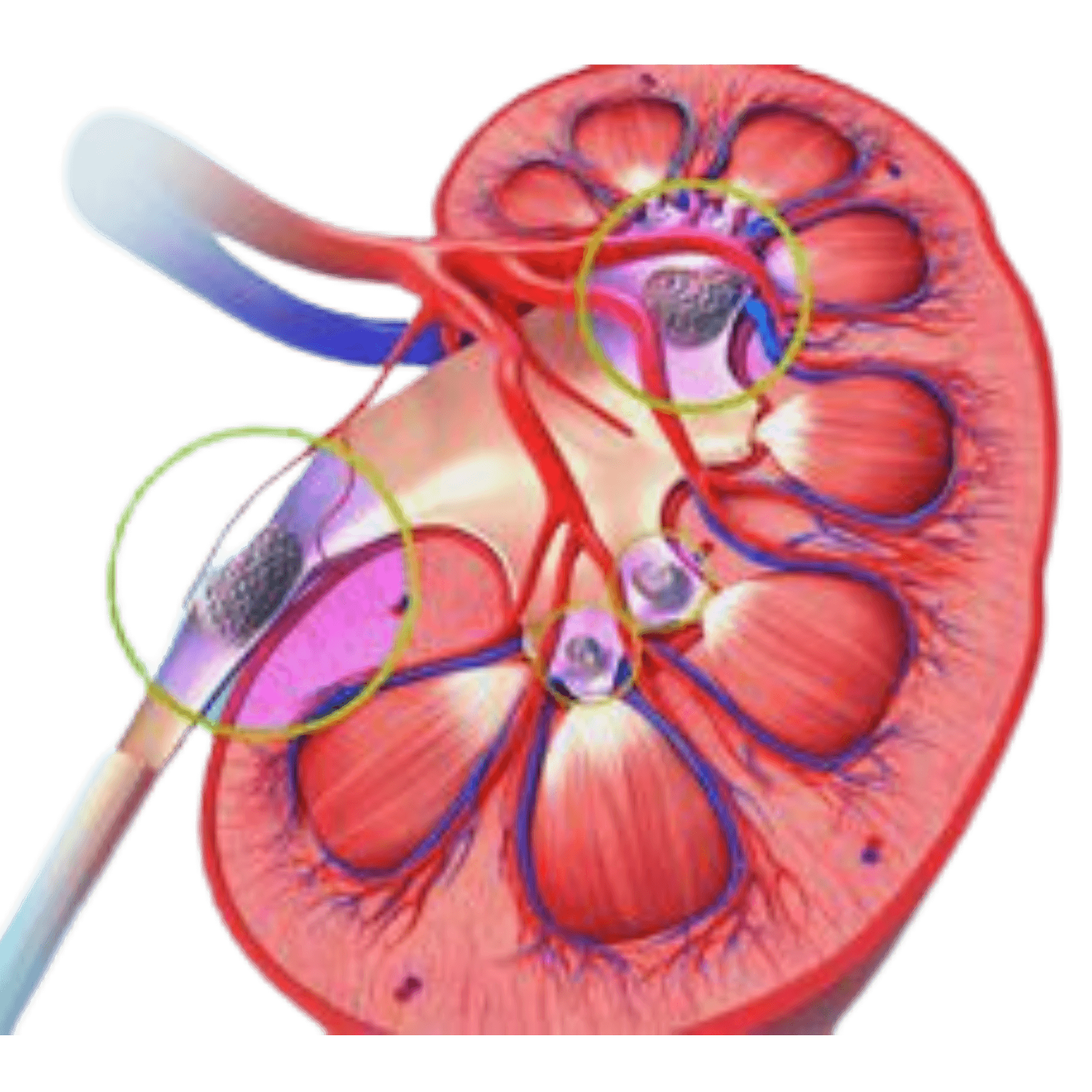
This common condition, which is congenital, causes two ureters to form on the same kidney. The second ureter can be fully or only partially developed. If either ureter doesn’t work properly, urine can back up into the kidney and cause damage.
This prevents urine flow. A blockage where the ureter and kidney meet (ureteropelvic junction) may cause the kidney to swell and eventually stop working. This condition can be congenital or can develop with typical childhood growth, resulting from an injury or scarring, or in rare cases, develop from a tumor. A blockage where the ureter and bladder meet may cause urine to back up into the kidneys.
If a ureter is too narrow and doesn’t allow urine to flow completely, a tiny bulge in the ureter (ureterocele) may develop. When a ureterocele develops, it’s usually in the section of the ureter closest to the bladder. This can block urine flow and cause urine to back up into the kidney, possibly leading to kidney damage.
This rare disorder occurs when fibrous tissue grows in the area behind the abdomen. The fibres may grow as a result of cancer tumours or from taking certain medicines used to treat migraines. The fibres encircle and block the ureters, causing urine to back up into the kidneys.
Often, Doctors diagnose ureteral obstruction disorders before birth during routine prenatal ultrasounds, which can show details of the developing fetus, including the kidneys, ureters, and bladder. Also, another ultrasound is performed after birth to reevaluate the kidneys.
If your doctor suspects you have an obstructed ureter, some of these tests and scans might be used to reach a diagnosis:
Your provider checks samples of your blood and urine for signs of infection and the presence of creatinine, which signals that your kidneys aren't working properly.
An ultrasound of the area behind your abdominal organs (retroperitoneal ultrasound) allows your provider to view the kidneys and ureters.
To test for incomplete or blocked urine flow, your provider inserts a small tube (catheter) through the urethra, injects dye into your bladder, and takes X-rays of your kidneys, ureters, bladder and urethra before and during urination.
Your provider or a technician injects a tracer that contains a small amount of radioactive material into your arm. A special camera detects the radioactivity and produces images that your provider uses to evaluate the urinary system.
A small tube with a camera and light is inserted into your urethra or through a small incision. The optical system allows the provider to see inside the urethra and bladder.
A CT scan combines a series of X-ray views taken from many different angles and computer processing to create cross-sectional images of your kidneys, ureter and bladder.
An abdominal MRI uses a magnetic field and radio waves to create detailed images of the organs and tissues that make up your urinary system.
Ureteral obstructions are fairly common. They are more common in men over 60 because the prostate (a gland that only men have, located around the outflow of the bladder) becomes enlarged as men age. The enlarged prostate can block the flow of urine and result in buildup of urine in the bladder. It can also push up against the ureter and cause a blockage. Another form of bladder outflow blockage is by buildup of pressure in the urinary bladder because of an injury to the nerves or weak muscles—which makes it more difficult for the ureters to empty
The onset of obstructive uropathy can be very quick and acute, or slow and progressive. You’ll feel pain in your midsection on one or both sides of your body. The level and location of pain varies from person to person and depends on whether one or both kidneys are involved.
Fever, nausea, and vomiting are also common symptoms of obstructive uropathy. You may experience swelling or tenderness in the kidneys as urine flows backward into your organs.
A change in your urinary habits can indicate a blockage in your ureters. Symptoms to look for include:
You may have a decrease in the amount of urine you expel if just one of your kidneys is blocked. Usually, both kidneys need to be blocked to impact urine output.
Obstructive uropathy can be a problem in an unborn fetus. One of the signs of obstruction in an unborn baby is a level of amniotic fluids in the womb that’s lower than normal. Urine is one of the components of amniotic fluid. A fetus with obstructive uropathy is unable to urinate outside its body. This leads to a drop in amniotic fluid volume, which can lead to fetal or birthing complications..
People of all ages can have a blocked ureter. Patients with kidney stones, can have a blockage at any age. These blockages can happen in both men and women. Older men with enlarged prostates can also affected. In babies and children who have a ureteral obstruction, the cause is usually a birth defect that affects their urinary tract.
If you suspect you have ureteral obstruction, you should see your doctor. Some of the signs of a blocked ureter are similar to symptoms of other conditions that need treatment, such as urinary tract infections (UTI), having pain, or not getting good urine output even when you drink plenty of fluids. It’s important to see your doctor for diagnosis and treatment.
The treatment you receive depends on the reason for the blockage. First, your doctor will perform a procedure to allow the urine to drain from your body. These procedures include
Common treatments for ureteral obstruction are:
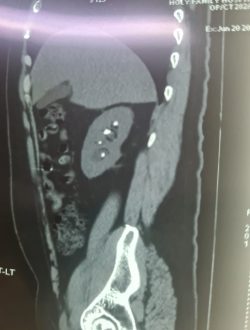
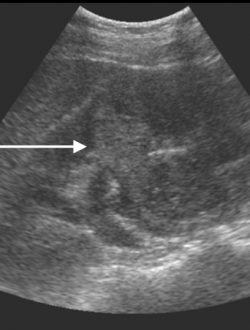

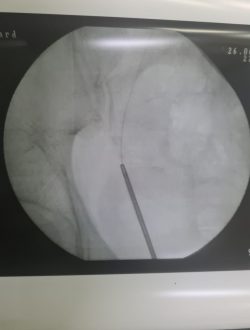

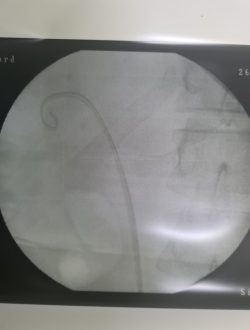
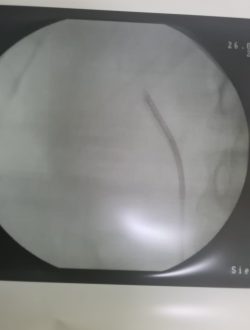
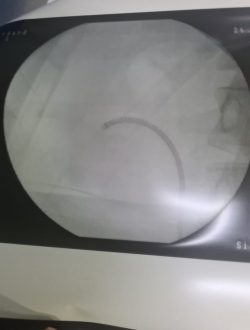

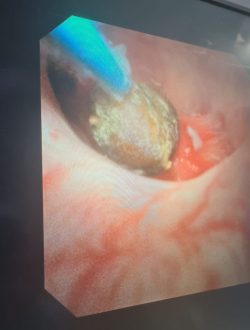
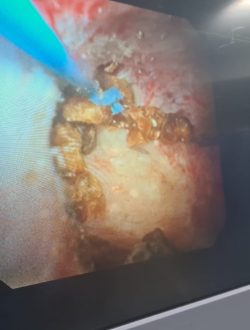

Dr. Utture is Outstanding Doctor who gave good treatment to my 75 years old mother who was suffering from Kidney problem and stomach ache since last 3 years.
Thanks to Dr. Utture
Regards
I have been treated by Dr Anand Utture for multiple kidney stones.He is very knowledgeable, gives right advice, easily approachable and explains in simple language the problem and course of treatment.Takes special care of his patients, truly dedicated doctor
Extremely grateful to Dr Anand Utture for his timely and accurate diagnosis for treating my mother (81 years) for her kidney stones.
very experienced urologist & has done correct diagnosis & treatment of My Grandmother(81 yrs) for kidney stones.















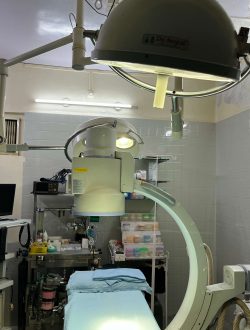
If you suspect you have ureteral obstruction, you should see your doctor. Some of the signs of a blocked ureter are similar to symptoms of other conditions that need treatment, such as urinary tract infections (UTI), having pain, or not getting good urine output even when you drink plenty of fluids. It’s important to see your doctor for diagnosis and treatment.
The side effects of alpha-blockers include dizziness, headaches and fainting. Side effects of finasteride the medication used to shrink the prostate, include decreased sexual desire and increased hair growth.
Surgery to remove the obstruction or place a stent can have side effects such as discomfort and increased risk of infection.
If you have symptoms of ureteral obstruction, you should see your doctor right away. Symptoms can get worse if left untreated. Only a doctor can diagnose and treat ureteral obstruction.
There is no way to prevent ureteral obstruction caused by:
To avoid developing a ureteral stone, one of the causes of ureteral obstruction, you should drink plenty of water and limit your sodium (salt) intake.
The outlook for ureteral obstruction depends on whether the kidneys were damaged while urine was unable to drain. If doctors fix the blockage before serious kidney damage occurs, ureteral obstruction doesn’t usually have serious long-term effects. In severe cases, kidney failure and death can result from a ureteral obstruction if it is left untreated.
Dr Anand Utture is a Senior Urologist who is internationally recognized for his surgical expertise and academic contribution to the field of Urology.
Book AppointmentMake an appointment with your doctor if you have any signs and symptoms that worry you.
Seek immediate medical attention if you experience:

